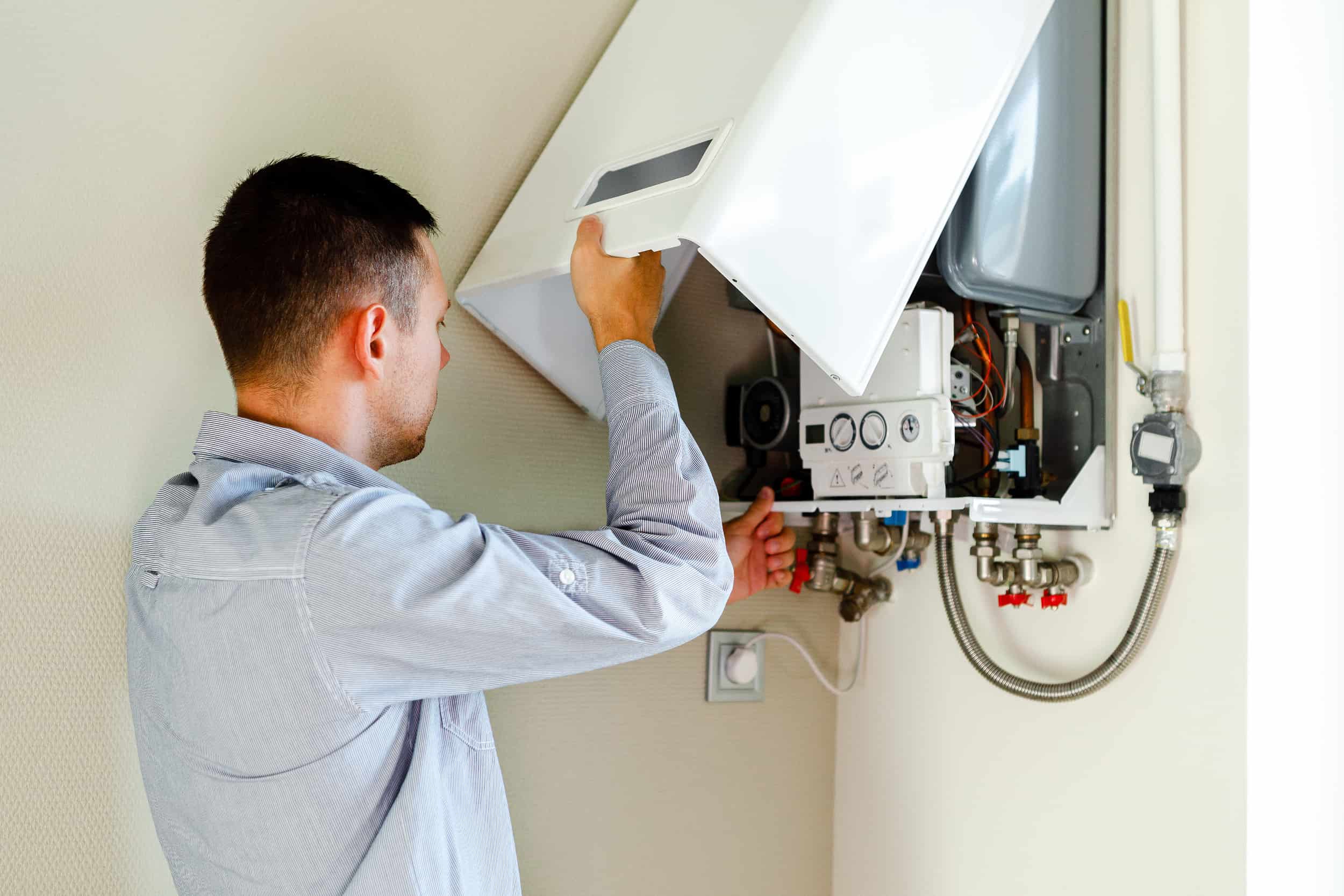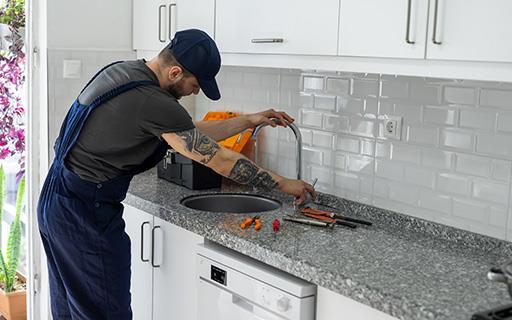Landlord's Guide to Plumbing Maintenance in Rental Homes
Landlord's Guide to Plumbing Maintenance in Rental Homes
Blog Article
What are your thoughts on Plumbing Maintenance Guide for Tenants?

Handling pipes concerns in rental homes effectively is critical for keeping lessee satisfaction and maintaining the residential or commercial property's value. Whether you're a landlord or a residential or commercial property manager, recognizing just how to attend to these common troubles can conserve you time and money while ensuring conformity with legal duties. Right here's a step-by-step overview on how to take care of plumbing concerns in rental residential properties.
Establish Clear Interaction
Urge tenants to report any type of pipes problems as soon as they occur. Offer multiple communication channels such as phone, email, or a renter website to make it simple for them to connect. Trigger feedbacks to these records can prevent small issues from intensifying right into significant problems.
Inform Lessees
Inform your lessees regarding what comprises a pipes emergency and what does not. Offer standards on how to deal with small concerns themselves, such as making use of a bettor to unblock a bathroom. Likewise, notify them regarding what they need to prevent taking down drains to stop obstructions, such as grease, coffee grounds, and non-biodegradable things.
Regular Upkeep
Carry out a routine upkeep routine for all plumbing systems in your rental residential properties. Routine checks can aid determine and fix issues like leakages, sluggish drains pipes, or corroded pipelines prior to they come to be significant. Think about working with a specialist plumbing professional to check the buildings every year or semi-annually.
Quick Feedback to Emergency Situations
Have a strategy in place for replying to pipes emergency situations. This ought to include having the get in touch with info of trustworthy pipes services that offer 24/7 emergency situation fixings. Quick activity is important to lessen damage in situations like ruptured pipes or severe leakages.
File Everything
Maintain comprehensive documents of all reported pipes issues and the activities taken to solve them. Paperwork needs to include days, descriptions of the trouble, communication with occupants, and receipts from service providers or plumbing technicians. This details can be important for insurance policy claims, tax obligation reductions, and legal protection.
Usage Qualified Professionals
Constantly make use of certified and insured specialists for substantial plumbing repair work and setups. This makes sure that the job depends on code and can help avoid liability issues in case of accidents or further damage. It likewise reassures lessees that repair work are being managed expertly.
Understand Legal Responsibilities
Understand your lawful responsibilities concerning plumbing and basic home upkeep. Many territories need landlords to ensure their residential or commercial properties are habitable and that all pipes systems are in good working order. Failing to deal with serious concerns without delay can bring about lawsuits from tenants.
Lessee Repayments
If a pipes issue requires instant focus and the occupant settles the problem on their own, have a clear plan in position for repaying costs. Make sure tenants understand they should acquire previous approval for higher-cost fixings unless it's an absolute emergency situation.
Preventive Upgrades
Consider upgrading older pipes systems and components to more contemporary, reliable models. This can decrease the regularity and extent of pipes concerns and lower long-lasting upkeep expenses. It's additionally a marketing factor for possible tenants who value upgrades and modern features.
Tenant Move-Out Inspections
Conduct complete pipes checks during move-out assessments to make sure that any type of issues are recognized and dealt with prior to a new lessee moves in. This protects against disputes with brand-new tenants over pre-existing problems and ensures the property is in leading problem.
Conclusion
Managing pipes concerns in rental buildings requires a positive technique and excellent interaction with lessees. By remaining on top of upkeep, reacting promptly to emergencies, and using qualified professionals, landlords can keep their residential or commercial properties in outstanding condition and keep excellent connections with renters.
How to Handle Water Damage in a Rental Property
What is Water Damage?
Water damage is harm or destruction caused by water entering areas where it is not supposed to be. It can be caused by a variety of sources and can manifest in different ways. The most common examples of water damage include:
Leaking roof Plumbing leaks Appliance malfunctions Poor drainage Flooding Sewage backup Condensation Tenant negligence HVAC system issues Frozen pipes Is water damage dangerous?
Water damage itself is not inherently dangerous, but it can lead to various hazards and health risks if not promptly and properly addressed. The severity of these risks depends on the extent of the water damage, the source of the water, and how quickly it is mitigated.
Some potential dangers associated with water damage include structural damage, mold and bacterial growth, electrical hazards, water contamination, and pest infestations. In situations where mold and mildew have gone unaddressed, mold can start to develop within 24-48 hours of water exposure, and this can impose a serious health risk to tenants. In particular, mold spores and damp conditions can lead to respiratory issues and even make existing health problems worse, such as allergies, asthma, or immune disorders.
Water Damage in an Apartment - Who is Responsible?
If the water damage is caused by the tenant’s negligence, the tenant is responsible for the cost of repairs. If the water damage is caused by a defect in the property, the landlord is responsible for the cost of repairs. If the water damage is a result of natural causes, such as excessive rain, then the landlord is responsible, since the water intrusion likely occurred due to a defect in the property. Landlord Responsibility water damage in rental property
Since maintaining habitability is the landlord’s legal responsibility, landlords are responsible for any resulting structural damage caused by water damage. These structural damages may include damage to walls, roofs, ceilings, and flooring. If water damage has affected the rental property’s original structure, the landlord is responsible for repairing or replacing those materials. Therefore, landlords should have property insurance that covers the structural components of their rental property so that they can receive help with the costs of covered events.
Preventative measures can also help landlords avoid massive renovations. Preventative maintenance may include conducting regular inspections to identify and address potential water damage before it becomes a major and urgent problem.
If a landlord fails to meet their responsibilities regarding water damage, it can lead to legal disputes and potential liability. Tenants who believe their landlord is not addressing water damage issues in accordance with California law can seek legal advice or contact local housing authorities for assistance.
https://www.goodlifemgmt.com/blog/water-damage-in-a-rental-property/

I found that blog posting on 10 Common Rental Property Repairs when scouting around the web. Enjoyed our blog entry? Please share it. Let someone else discover it. Thank you so much for taking the time to read it.
Report this page